There is something enchanted about observing a real artist in action. How they grip the brush, those sure strokes across the canvas, the intense silence while they give reality to their dreams—it’s akin to seeing alchemy live.
Most artists paint in secluded studios, but some kind-hearted souls welcome curious onlookers who are curious about witnessing creativity in action These studios provide a glimpse behind the scenes.
You can sit and observe skilled artisans at work just as apprentices did long ago. Here are 15 art studios all over the world where you can see masters making their masterpieces.
The Florence Academy of Art, Florence, Italy
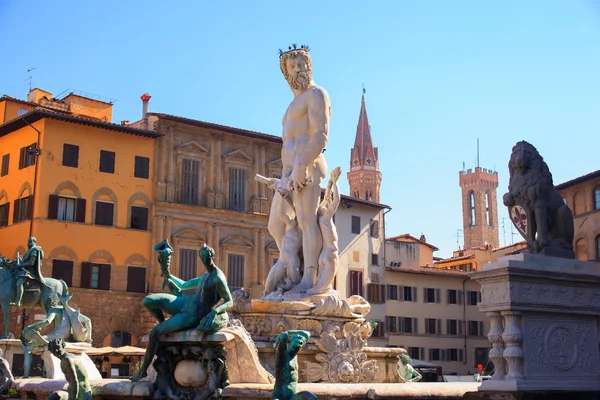
This renowned institution teaches classical realism using methods passed down from the Renaissance masters. Students and visitors can observe advanced artists working on oil paintings and sculptures, using techniques that haven’t changed much since Michelangelo’s time.
The studio maintains an open-door policy during specific hours, allowing art lovers to witness the painstaking process of creating hyperrealistic portraits. Figure studies take shape with methodical precision.
Murano Glass Factories, Venice, Italy
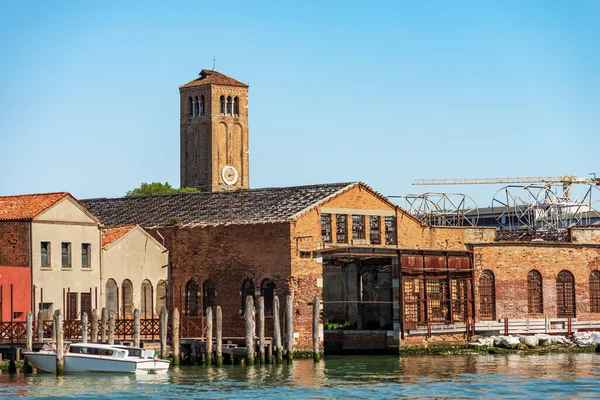
The island of Murano has been the heart of European glassmaking for over 700 years. Several factories still welcome visitors to watch master glassblowers create everything from tiny figurines to massive chandeliers.
These artisans make the impossible look effortless. They’ll spin red-hot glass into impossibly thin threads or inflate it into perfect spheres with nothing but their breath—and decades of experience.
Like Travel Pug’s content? Follow us on MSN.
Taos Art Colony, New Mexico, USA
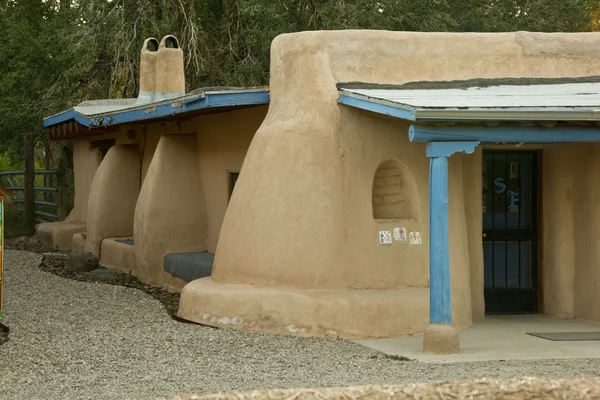
This historic artist community has attracted painters for over a century. They’re drawn by the unique high-desert light that seems to make colors more vivid than anywhere else.
Many studios remain open to visitors, where you can watch contemporary artists capturing the dramatic landscapes that inspired Georgia O’Keeffe. The combination of Native American, Hispanic, and Anglo artistic traditions creates something truly unique here.
Bagan Lacquerware Workshops, Myanmar
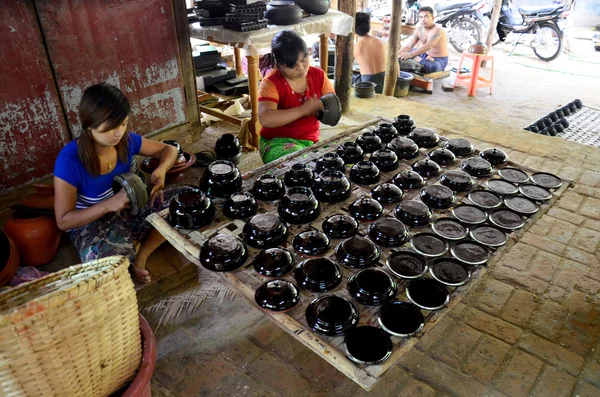
In the ancient city of Bagan, traditional lacquerware artisans still practice techniques that date back over 1,000 years. Visitors can watch masters apply dozens of thin layers of tree sap to bamboo frames, creating everything from jewelry boxes to serving trays.
The process requires incredible patience—each piece can take months to complete, with each layer needing time to cure in Myanmar’s humid climate.
Hebron Glass Factory, Palestine
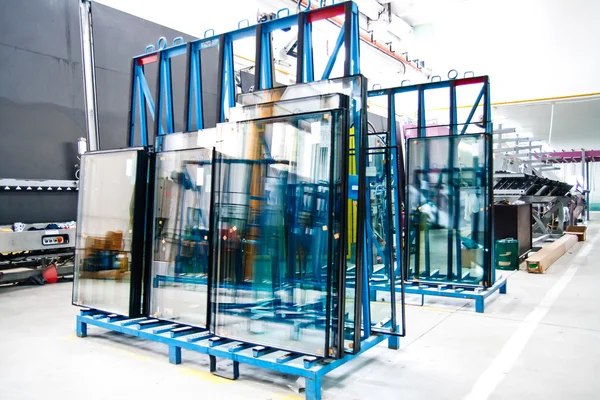
Located in the West Bank city of Hebron, this factory has been producing handblown glass since the 14th century. Visitors can watch artisans create the distinctive blue and green glassware that’s become synonymous with Palestinian craftsmanship.
The workshop maintains traditional methods while adapting to modern markets—creating pieces that blend historical techniques with contemporary designs.
Like Travel Pug’s content? Follow us on MSN.
Dale Chihuly’s Boathouse, Seattle, USA
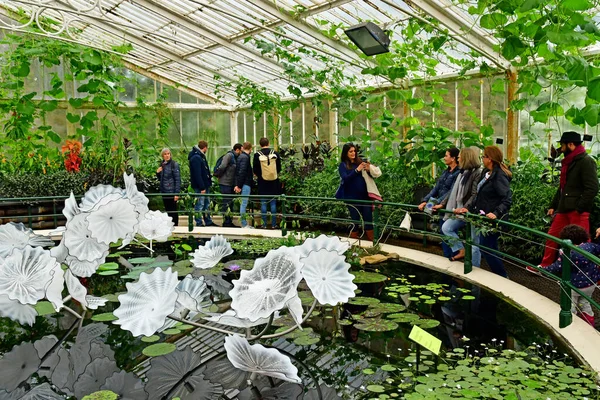
Though primarily a private studio, this legendary glass artist occasionally opens his waterfront workspace for special events. Watching Chihuly and his team work is like observing a perfectly choreographed dance, with multiple artisans collaborating to create massive sculptural pieces.
The studio’s location on Lake Union provides a stunning backdrop. Some of the world’s most innovative glass art takes shape here.
Les Olivades Fabric Workshop, Provence, France
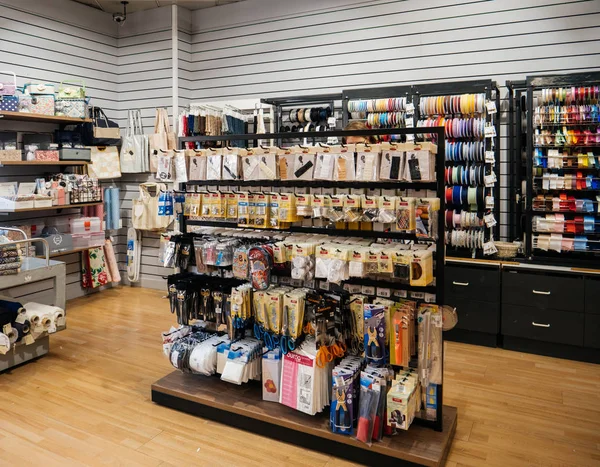
This traditional textile workshop in the Luberon region still prints fabrics using hand-carved wooden blocks. Just as artisans did in the 18th century, they apply each color layer by hand. Visitors can observe the meticulous process of creating the vibrant patterns that’ve made Provençal fabrics famous worldwide.
The workshop’s commitment to traditional methods produces textiles with a depth and character that’s impossible to achieve through machine printing.
Raku Museum, Kyoto, Japan
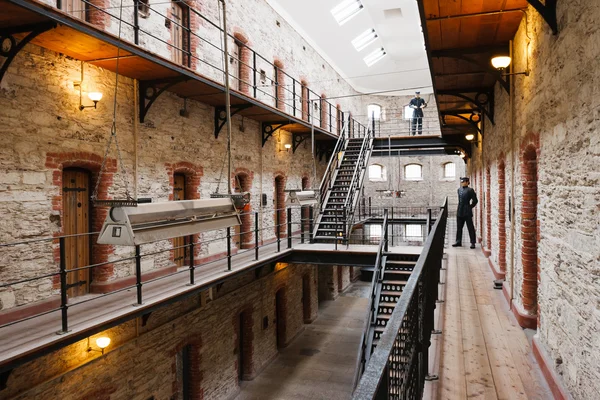
While primarily a museum, the Raku Museum occasionally hosts demonstrations by members of the Raku family, who’ve been creating tea ceremony pottery for 16 generations. Watching a Raku master work with clay is like witnessing meditation in motion. Every movement is deliberate, economical, and infused with centuries of tradition.
The resulting tea bowls embody the Japanese aesthetic principle of finding beauty in imperfection.
Like Travel Pug’s content? Follow us on MSN.
Royal Copenhagen Porcelain, Denmark
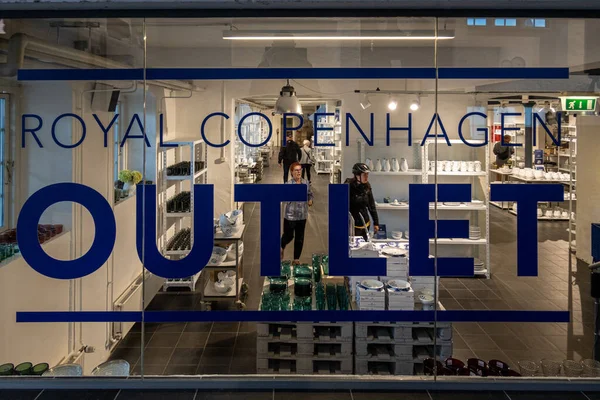
Denmark’s famous porcelain manufacturer still hand-paints many pieces using techniques developed in the 18th century. Watching artists apply the distinctive blue cobalt designs requires incredibly steady hands, plus years of training.
The factory tour includes stops at painting stations where you can see the famous ‘Blue Fluted’ pattern being applied. Each brushstroke is carefully placed.
Aboriginal Art Centres, Northern Territory, Australia
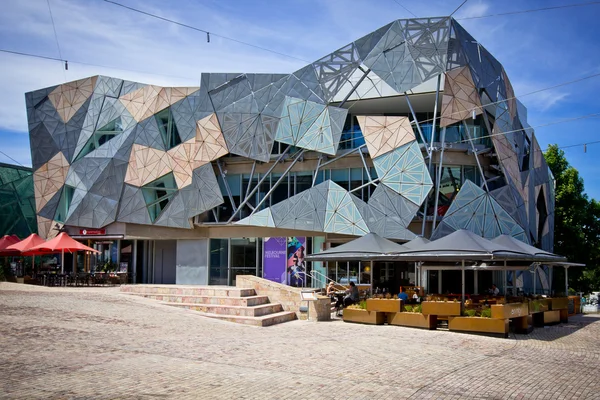
Several art centers in remote Australian communities welcome visitors to observe Aboriginal artists creating traditional dot paintings along with bark art. These contemporary works maintain connections to ancient Dreamtime stories and traditional techniques passed down through generations.
The patience required for dot paintings is extraordinary. Some pieces contain millions of individual dots, each placed with deliberate intention.
Waterford Crystal, Ireland
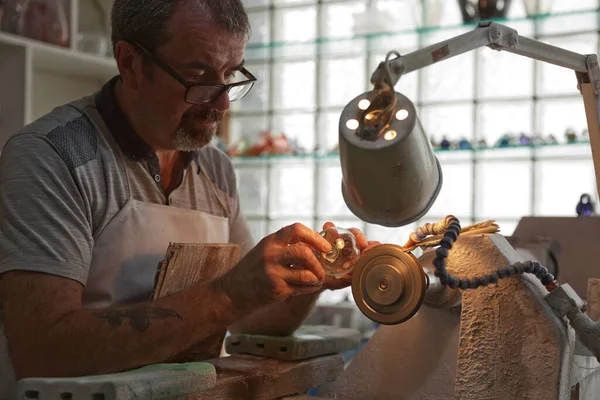
The Irish crystal company’s factory in Waterford still employs master craftspeople who learned their trade through traditional apprenticeships. Visitors can watch artisans blow molten crystal into basic shapes before passing them to cutters who create the intricate patterns that make Waterford famous.
The skill level required for their most complex pieces takes decades to master, yet the results justify every hour of training.
Like Travel Pug’s content? Follow us on MSN.
Oaxaca Textile Cooperatives, Mexico
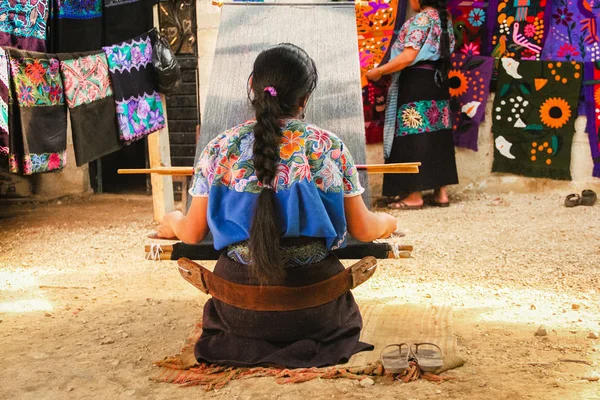
In the valleys surrounding Oaxaca City, several weaving cooperatives welcome visitors to observe traditional textile production. Master weavers work on foot-powered looms, creating intricate patterns using natural dyes derived from local plants and insects.
The famous cochineal red dye, made from tiny beetles, produces colors so vibrant they seem almost artificial.
Celadon Pottery Villages, South Korea
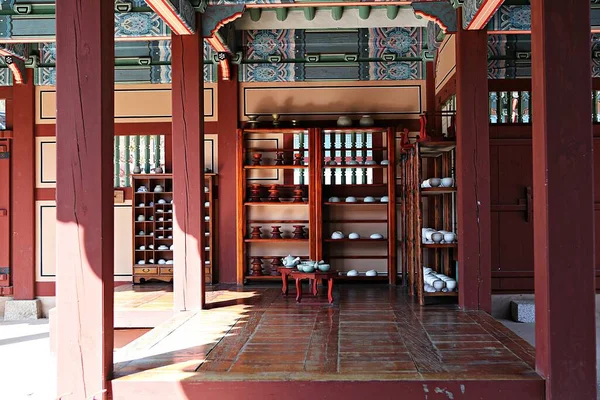
In the countryside around Seoul, several villages specialize in creating celadon pottery using techniques developed during the Goryeo Dynasty nearly 1,000 years ago. Master potters welcome visitors to observe the complex glazing process that produces celadon’s characteristic jade-green color.
The technique was so prized that Chinese emperors once considered Korean celadon to be superior to their own porcelain.
Venice Mask Workshops, Italy
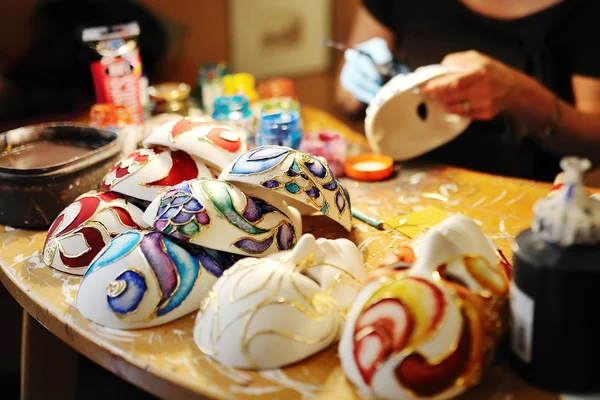
Beyond the tourist shops, several authentic mask-making workshops in Venice still create carnival masks using traditional papier-mâché techniques. Master craftspeople build each mask layer by layer, then hand-paint elaborate designs using gold leaf and vibrant pigments.
The process can take weeks for the most elaborate pieces, which serve as wearable sculptures rather than simple disguises.
Like Travel Pug’s content? Follow us on MSN.
Pueblo Pottery Studios, New Mexico, USA
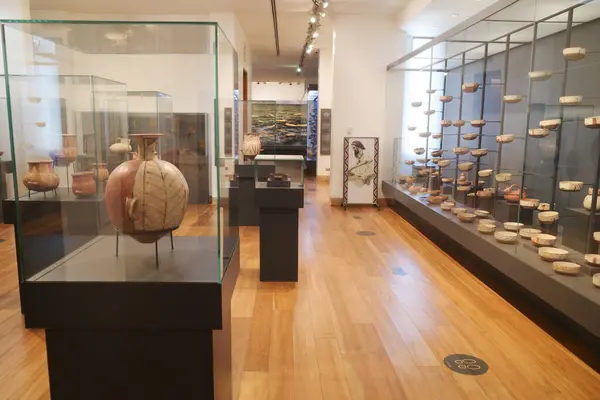
Several Pueblo communities around Santa Fe welcome visitors to observe traditional pottery making, a technique unchanged for over 1,000 years. Master potters gather clay from secret locations, hand-build vessels without pottery wheels, then fire them using outdoor kilns fueled by sheep manure and wood.
The resulting pieces connect contemporary Native American artists with their ancestral traditions.
Where Ancient Meets Modern
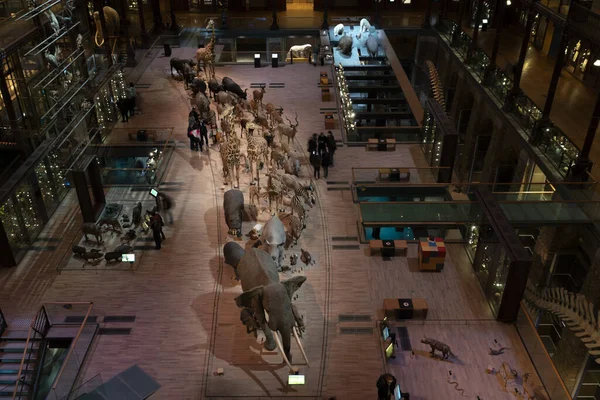
These studios represent living links to artistic traditions that stretch back centuries, though they continue evolving to meet contemporary needs. The master craftspeople working in these spaces serve as cultural bridges, preserving ancient knowledge while finding new ways to express timeless human creativity.
Watching them work reminds us that in our digital age, the human hand and eye remain irreplaceable tools. They create objects of lasting beauty and meaning that no machine can replicate.
More from Travel Pug

- 20 Best Beach Towns in the Carolinas
- 13 Destinations Where Tourists Regularly Regret Their Trip
- 20 Things You Actually Get in First Class
- 20 Small Airports With Aviation Museums
- 20 Places in the U.S. That Are Perfect for a Reset Trip
Like Travel Pug’s content? Follow us on MSN.
